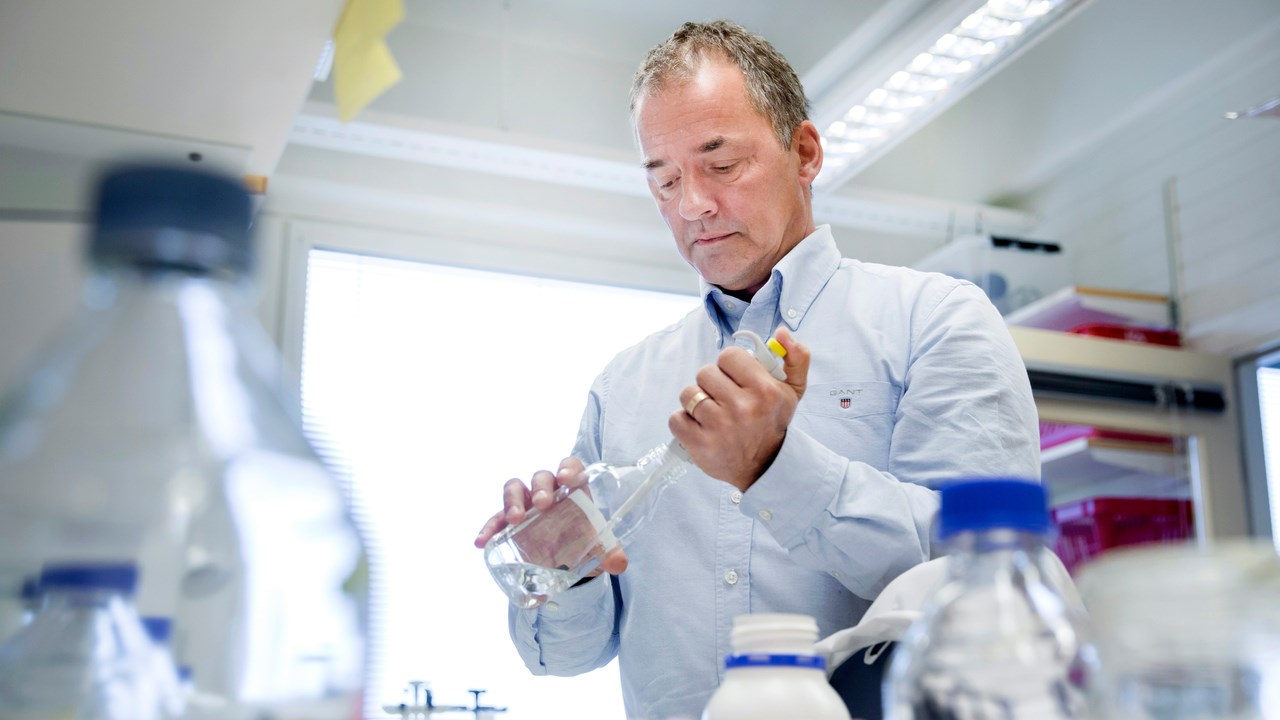About the study
Growth-regulated co-occupancy of Mediator and Lsm3 at intronic ribosomal protein genes
Wael R Abdel-Fattah, Mattias Carlsson, Guo-Zhen Hu, Ajeet Singh, Alexander Vergara, Rameen Aslam, Hans Ronne, Stefan Björklund
https://doi.org/10.1093/nar/gkae266



